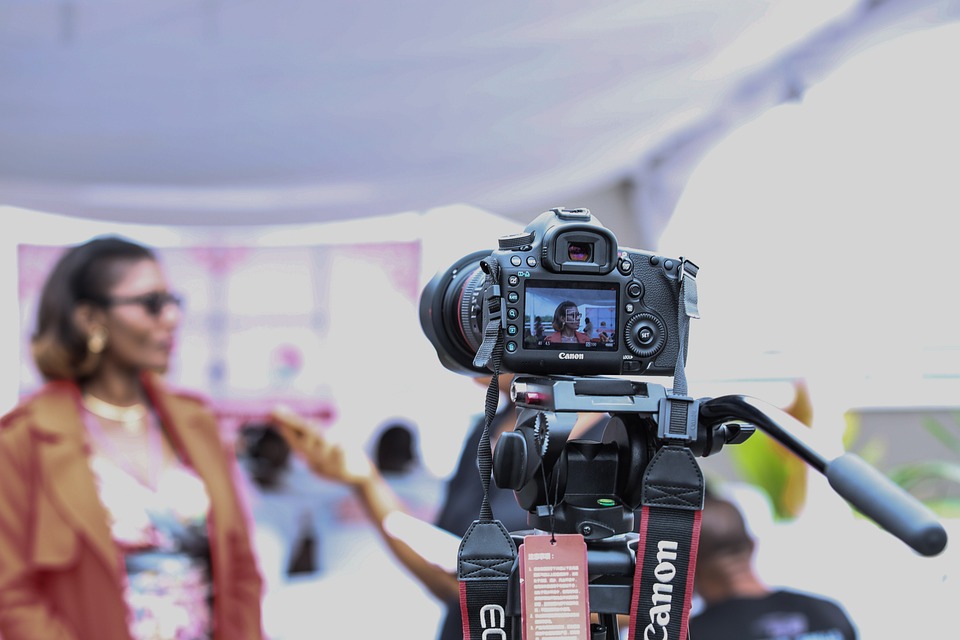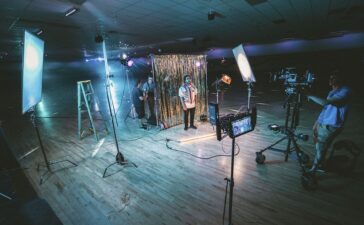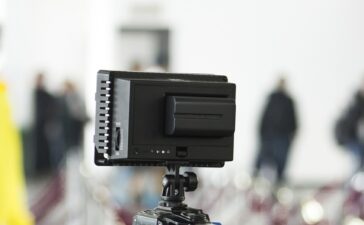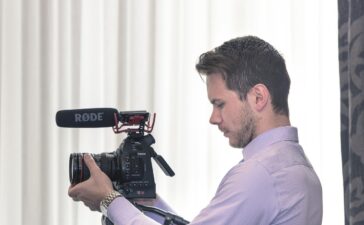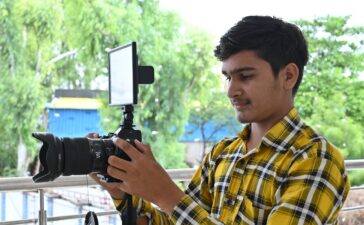Cinematographers who seek to capture the beauty of a moment can turn to slow motion cinematography for help. Slow motion shots allow us to see details that would otherwise be missed and create an entirely different atmosphere than a normal speed shot. Slow motion footage can also add emotion or tension to scenes, as well as make them appear more dramatic.
When using slow-motion cinematography, there are a few key factors to consider. First, the speed of the shot should be adjusted based on the action being captured and how it will fit into your vision for the film. Different scenes may require different speeds—slower for more intense moments or faster for lighter scenes—so experimentation is key.
The camera frame rate also plays a large role in slow-motion cinematography. In order to achieve a smooth, slow-motion effect, the frame rate should be two or three times faster than the playback speed. This means that if you want your shot to be slowed down by half, the frame rate must be twice as fast as the playback speed.
When creating a slow-motion effect with digital cameras, shutter speed is also important. This can be adjusted to create a more desirable look for your shot—a higher shutter speed will result in smoother motion, while a lower one will capture more detail. It’s best to experiment and find what works best.

